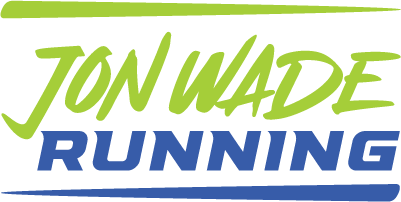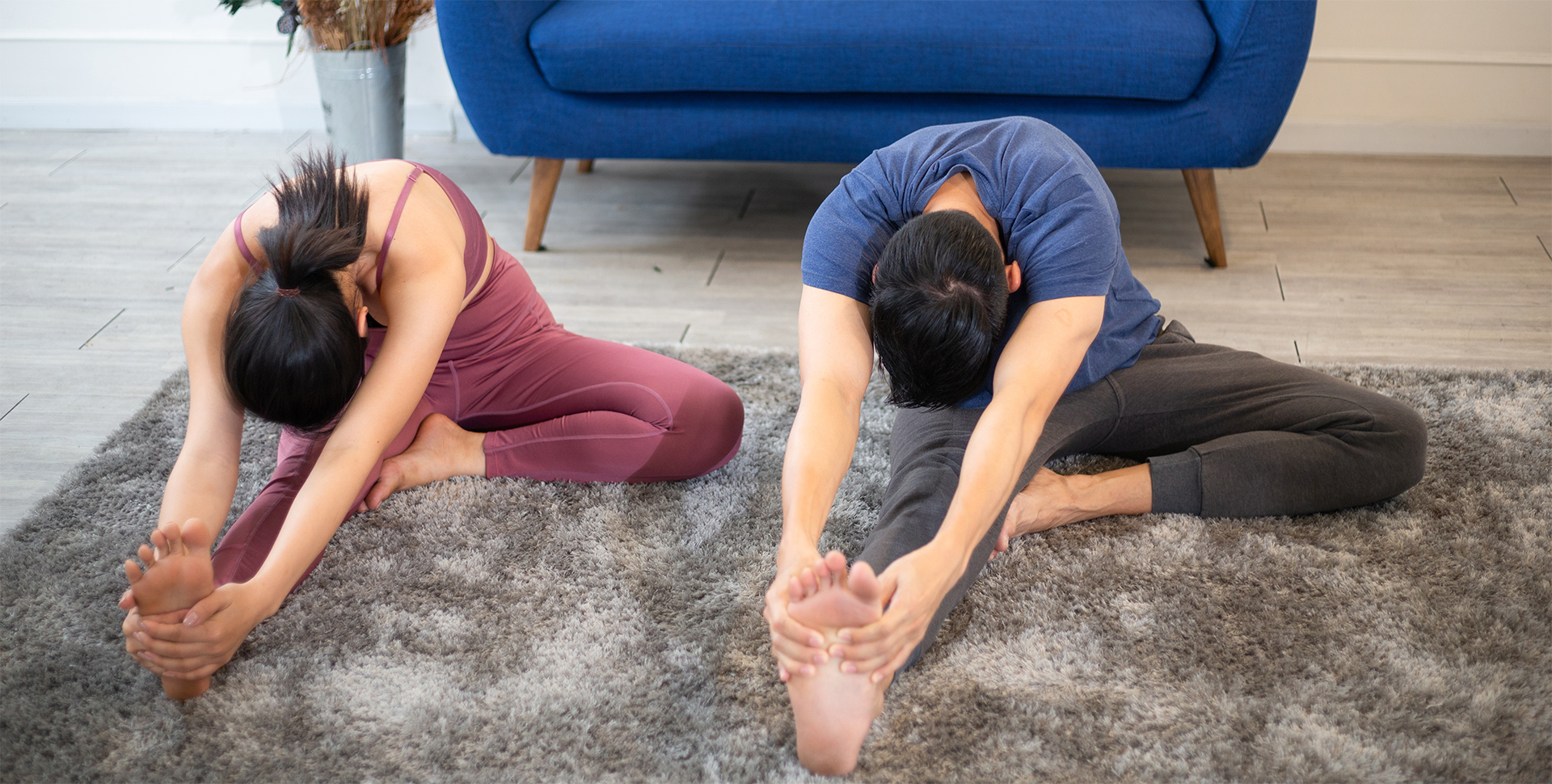Congratulations, you did it! You just completed a marathon, and that is no small feat. You trained hard, pushed through the pain, and crossed that finish line with determination and grit. But now that the adrenaline has subsided and the post-race celebrations have ended, it’s time to focus on recovery. Recovery workouts are a critical component of a runner’s training plan, and they become even more important after a marathon. The body needs time to heal and repair itself after such a strenuous event, and recovery workouts can help facilitate that process. In this post, we’ll explore some of the best recovery workouts for runners after a marathon, so you can get back to training and performing at your best.
Why recovery workouts are important after a marathon
After completing a marathon, your body needs time to recover and heal from the physical stress it has undergone. Recovery workouts can help you do just that. These workouts are designed to help improve circulation, reduce muscle soreness, and speed up the recovery process. They can also help prevent injury and improve overall performance.
There are several reasons why recovery workouts are important after a marathon. First, they help to increase blood flow to your muscles, which helps to flush out metabolic waste and reduce inflammation. Secondly, they can help to reduce muscle stiffness and soreness, which is common after a long-distance race. Finally, recovery workouts can help to prevent injury by keeping your muscles loose and flexible.
Understanding the science behind recovery workouts
To understand why recovery workouts are so important, it’s important to understand the science behind them. During a marathon, your body undergoes a lot of physical stress. This stress can cause micro-tears in your muscles, which can lead to inflammation and soreness. Recovery workouts help to improve circulation, which helps to flush out metabolic waste and reduce inflammation. They also help to reduce muscle stiffness and soreness by increasing blood flow to your muscles.
Another important aspect of recovery workouts is that they help to prevent injury. After a marathon, your muscles are at an increased risk of injury due to their weakened state. Recovery workouts can help to keep your muscles loose and flexible, reducing the risk of injury.
Types of recovery workouts for runners
There are several types of recovery workouts that are beneficial for runners after a marathon. These include stretching exercises, yoga poses, foam rolling techniques, and cross-training activities.
Stretching exercises for post-marathon recovery
Stretching exercises are a great way to improve circulation and reduce muscle soreness after a marathon. They can also help to prevent injury by keeping your muscles loose and flexible. Some great stretching exercises for post-marathon recovery include:
- Hamstring stretch: Sit on the floor with your legs straight out in front of you. Reach forward and try to touch your toes. Hold for 30 seconds and then release.
- Quad stretch: Stand with your feet hip-width apart. Lift your left leg behind you and grasp your ankle with your left hand. Hold for 30 seconds and then release. Repeat on the other leg.
- Calf stretch: Stand facing a wall with your hands on the wall. Step back with your left foot and press your left heel into the ground. Hold for 30 seconds and then release. Repeat on the other leg.
Yoga poses for post-marathon recovery
Yoga is a great way to improve flexibility, reduce muscle soreness, and promote relaxation after a marathon. Some great yoga poses for post-marathon recovery include:
- Downward-facing dog: Start on your hands and knees. Lift your hips up and back, straightening your arms and legs. Hold for 30 seconds and then release.
- Child’s pose: Start on your hands and knees. Sit back on your heels and stretch your arms out in front of you. Hold for 30 seconds and then release.
- Pigeon pose: Start on your hands and knees. Bring your left knee forward and place it behind your left wrist. Stretch your right leg out behind you. Hold for 30 seconds and then release. Repeat on the other side.
Foam rolling techniques for post-marathon recovery
Foam rolling is a great way to reduce muscle soreness and improve circulation after a marathon. Some great foam rolling techniques for post-marathon recovery include:
- Quad roll: Lie face down on the floor with a foam roller under your thighs. Roll up and down from your hip to your knee. Repeat on the other leg.
- IT band roll: Lie on your side with a foam roller under your hip. Roll up and down from your hip to your knee. Repeat on the other side.
- Calf roll: Sit on the floor with a foam roller under your calves. Roll up and down from your knee to your ankle. Repeat on the other leg.
Cross-training activities for post-marathon recovery
Cross-training activities are a great way to improve cardiovascular fitness and reduce muscle soreness after a marathon. Some great cross-training activities for post-marathon recovery include:
- Swimming: Swimming is a low-impact activity that can help to improve circulation and reduce muscle soreness after a marathon.
- Cycling: Cycling is a great way to improve cardiovascular fitness and reduce muscle soreness after a marathon.
- Elliptical training: Elliptical training is a low-impact activity that can help to improve cardiovascular fitness and reduce muscle soreness after a marathon.
Nutrition tips for post-marathon recovery
In addition to recovery workouts, nutrition is also a critical component of post-marathon recovery. After a marathon, it’s important to replenish your body with the nutrients it needs to heal and recover. Some great nutrition tips for post-marathon recovery include:
- Hydrate: Drink plenty of water to help flush out metabolic waste and reduce inflammation.
- Protein: Eat plenty of protein to help repair and rebuild muscle tissue.
- Carbohydrates: Eat plenty of carbohydrates to replenish glycogen stores and provide energy for recovery workouts.
Creating a post-marathon recovery plan
To get the most out of your post-marathon recovery, it’s important to create a recovery plan. This plan should include a combination of recovery workouts, nutrition, and rest. Some tips for creating a post-marathon recovery plan include:
- Start slow: Begin with low-intensity recovery workouts and gradually increase the intensity over time.
- Listen to your body: If you’re feeling sore or fatigued, take a rest day.
- Stay hydrated: Drink plenty of water to help flush out metabolic waste and reduce inflammation.
- Get plenty of sleep: Sleep is important for muscle repair and recovery.
What’s next?
Recovery workouts are a critical component of a runner’s training plan, and they become even more important after a marathon. The body needs time to heal and repair itself after such a strenuous event, and recovery workouts can help facilitate that process. By incorporating stretching exercises, yoga poses, foam rolling techniques, and cross-training activities into your post-marathon recovery plan, you can improve circulation, reduce muscle soreness, and prevent injury. Remember to also focus on nutrition and rest to get the most out of your recovery plan. With a little bit of patience and dedication, you’ll be back to training and performing at your best in no time.

